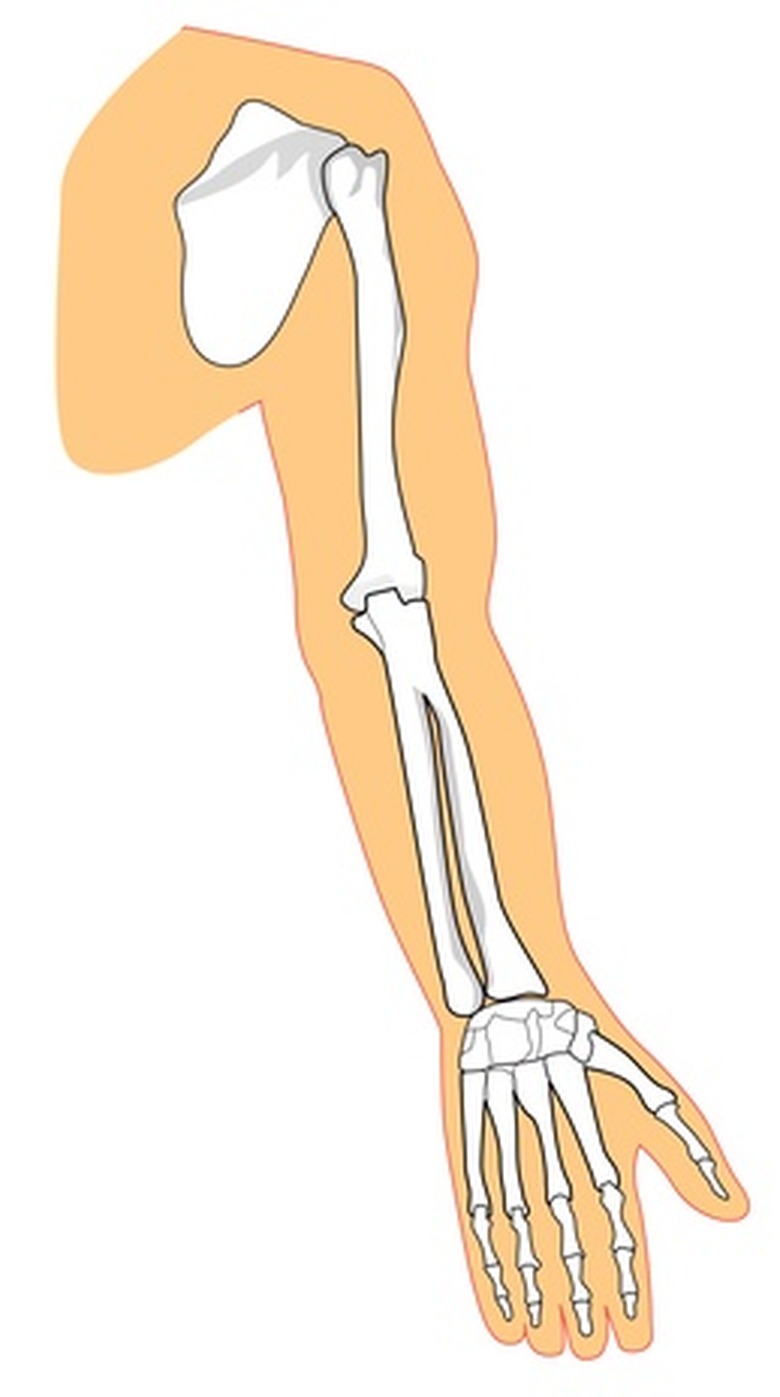How To Make A Model Of A Human Ball Socket Joint
Ball and socket joints are found in the human body in shoulders and hips. They have a much greater range of motion than elbows and knee joints because they can move side to side and front to back, as well as up and down. Making models of ball and socket joints allows students to see why they have so much greater of a range than other joints. It is a simple task that you can accomplish in a classroom or at home for a science project or home work assignment.
Step 1
Set a three ounce paper cup in front of you.
Step 2
Roll some clay in your hands into a ball. You want to use about the same amount of clay as it takes to fill the paper cup.
Step 3
Place the clay ball into the paper cup and press the end of a craft stick into the clay.
Step 4
Rotate the craft stick so the ball moves around inside the cup. This is the same way a ball and socket joint rotates.
Things Needed
- 3 ounce paper cup
- Clay
- Craft sticks
TL;DR (Too Long; Didn't Read)
Another way to model how a ball and socket joint works is cupping one hand and making the other into a fist. Place the fist in the cupped hand and rotate the fist around with your wrist or arm.
The Magic School Bus Series also offers a kit with experiments that help explain how the body functions, including a ball and socket joint. You can find it at Parents Choice.
Cite This Article
MLA
Robert, Marissa. "How To Make A Model Of A Human Ball Socket Joint" sciencing.com, https://www.sciencing.com/how-to-make-a-model-of-a-human-ball-socket-joint-12743149/. 19 February 2010.
APA
Robert, Marissa. (2010, February 19). How To Make A Model Of A Human Ball Socket Joint. sciencing.com. Retrieved from https://www.sciencing.com/how-to-make-a-model-of-a-human-ball-socket-joint-12743149/
Chicago
Robert, Marissa. How To Make A Model Of A Human Ball Socket Joint last modified March 24, 2022. https://www.sciencing.com/how-to-make-a-model-of-a-human-ball-socket-joint-12743149/
